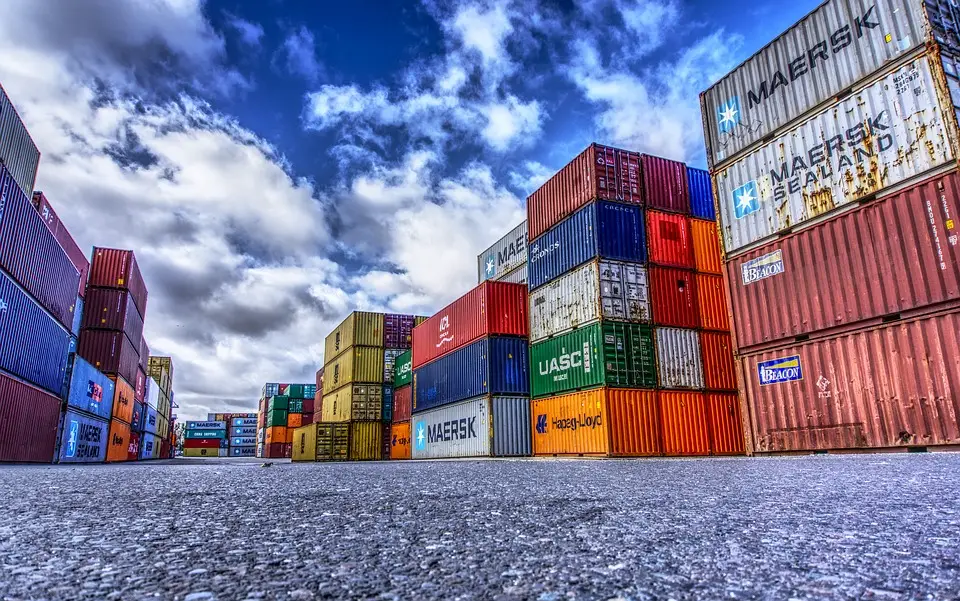As Poslovni Dnevnik/Ana Blaskovic writes, in a sea of bad news which has been circulating since the outbreak of the coronavirus pandemic – restrictions, bottlenecks in supplies, energy spikes and the latest headaches due to inflation – there’s also a bit of good news here and there. The euro slipped to its lowest value against the dollar since July last year, giving exporters dealing in the single currency a competitive advantage globally.
The effect unfortunately won’t really spill over significantly to Croatian exporters and other domestic producers because the lion’s share of foreign trade takes place in euros. However, good export trends could be disrupted by new ”lockdowns” which have been reintroduced in some European countries, especially Austria and Germany.
The single currency lost about 8 percent of its value against the US dollar in one year. The decline reflects the fact that the European Union had to pay a very high price during a pandemic, from the initial confusion to public conflict over vaccines that have led to high death rates and blows to respective EU economies.
Despite the rapid recovery we’ve seen in recent months, markets continue to perceive relative lagging behind global players.
“Europe has a fundamental problem of reducing the trade surplus because it has two major challenges; rising energy prices and raw material vulnerabilities ”, explained Zeljko Lovrincevic from the Institute of Economics. The implementation of the Green Agenda, which is being firmly pushed by richer EU member states and is the backbone of EU policy, carries a high price for the poorer nations.
“Although the euro has weakened considerably, not only against the dollar but also against other currencies, trade has deteriorated as import prices have risen,” Lovrincevic said, noting that EU producers ultimately didn’t benefit too much from the currency’s frequent weakening, and that’s the situation for Croatia as well.
Eurostat figures clearly testify to the slowdown in the bloc’s trade. The EU’s trade surplus with the world fell to 4.8 billion euros back during the month of August this year, from 14 billion euros in the same month a year ago. In September, the total trade surplus fell to 7.3 billion euros, while in 2020 it amounted to 24.1 billion euros.
The weaker euro was also contributed by the position of the European Central Bank that the current inflation is only a temporary disturbance due to which it will not hurry with the raising of interest rates. ECB chief Christine Lagarde has made it clear that tightening monetary policy would “do more harm than good” and that it is “unlikely” that the conditions will be met next year either.
Consumer price growth accelerated to 4.1 percent in the Eurozone and 4.4 percent at the European Union level in October. In the conditions of a stable exchange rate, inflation in Croatia spills over through import prices, especially in regard to energy and food, and prices rose by 3.8 percent in October.
“For the EU, this means that inflation will not only be a short-term phenomenon, but that it will be present in the long run instead. This is a consequence of targeting monetary moves according to the needs of the weakest member states, so it is expected that the ECB will be the last to raise interest rates,” it was explained.
Croatian exporters, who are often rumored to be the best part of the economy, will be more affected by accelerating prices in the business environment. The more inflation persists, the expectations for further growth are built into contracts on salaries, suppliers, pensions… The first test of whether an inflation clause will be arrived to in this country will be the current negotiations between the state and public sector unions on a new collective agreement. If the unions do succeed in breaking the ice, the others will go the same way too.
Local producers will thus not benefit from a weaker euro as they are firmly tied to exports to the European Union; exports to other member states make up about 70 percent of the total value of exports, while a significant part of exports to EFTA and CEFTA countries are realised solely in euros, they stated from the Croatian Chamber of Commerce (HGK).
They added that in the global market over more recent years there have been significant oscillations in the movement of the euro against other currencies, so when contracting new export transactions it is not possible to be guided by the current depreciation trends.In addition, it should be emphasised that regardless of the current trend of the weakening of the euro, its average value against the dollar (and thus against currencies linked to the dollar) and the Swiss franc in the first ten months of this year was higher than in the same period last year.
There is now an immediate problem placed at the door of European and Croatian exporters – new ”lockdowns” that were eagerly rejected by politics until recently, but which have been reintroduced by some nations. “The introduction of new covid restrictions in several Eurozone member states will certainly have additional adverse effects on the economy of the Eurozone, to which the majority of Croatian exports are tied. This isn’t good news for Croatian exporters and producers at all, especially since the Eurozone trade surplus to the rest of the world decreased significantly in 2021 compared to what we saw in 2020, and Croatian exporters depend on the likes of Germany and other Eurozone members, so their economic weakening means and lower potential for our export placement and Croatian GDP growth,” explained worried Croatian exporters.
For more, check out our business section.









